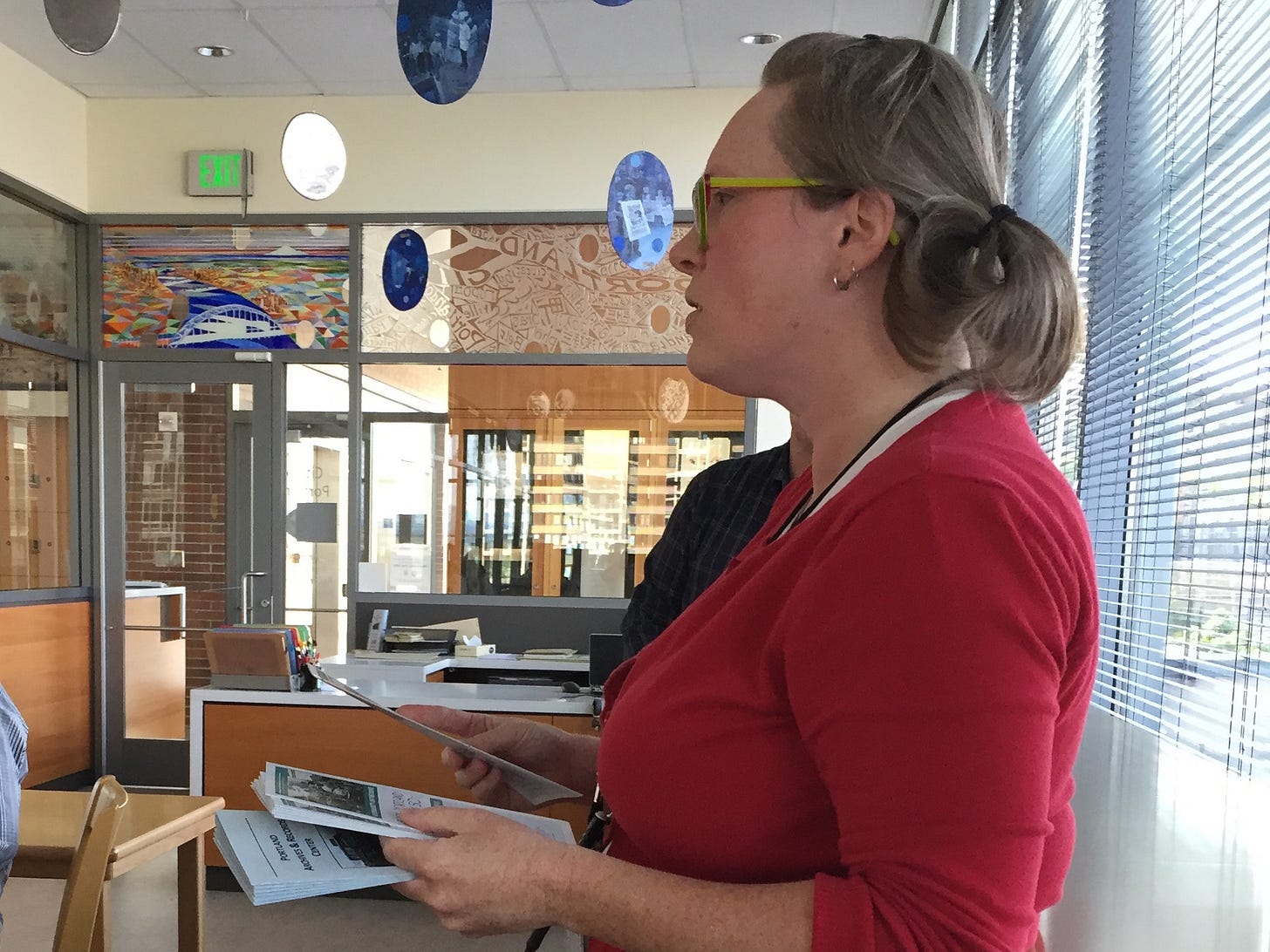I often wonder if repeating or revisiting topics in this newsletter is okay to do. I want what I write to be useful or at least interesting to folks. But I think the subject of archival research is always useful and I tend to get the same questions about archives over and over. It is always important to meet people where they are. And there are new readers here, so for some it will be brand new and other a good refresher.

I believe the best, most thorough, and simple to use guide is Using Archives: An Effective Guide to Research by Laura Schmidt produced by the Society of American Archivists. It is a great place to start and knowing where to start makes all research smoother and less frustrating. Understanding the difference between an archives and a library, the different types of archives and figuring out which one might have the right materials, and how to plan a visit to the archives or request scans remotely are all covered in a straight forward language.
As always I will link everything, but below are the basics:
Archives and Libraries - What’s the difference?
My short answer is libraries contain collected information in the form of books that are one of many printed. Archives are filled with essentially raw data that is unique and the only one that exists. You can replace most library books if they don’t get returned or are damaged, but a letter from your great grandmother to the Mayor in 1908 is the only one that exists.
One of my favorite researchers described archives like this, “It’s like someone ripped out every page in a book and filed them separately into file folders. And I have to piece together the story from all the bits and pieces.” It is a brilliant description of archives.
Which archives should you choose?
Since archives and special collections contain unique materials, each archives will be different and have specifically collected materials. Government archives hold records that document government activities, historical societies typically hold records related to local or regional history, college or university archives hold information about the institution but also collect materials about certain subjects from a specific author like Alice Walker to collection of building plans for a local architect.
Sometimes records overlap so you may have to check more than one. For example the official papers from a term in office might be in a government archives, while their personal papers before elected might be at a university.
As I mentioned last time, more and more archives and special collections are offering virtual reference and free to low cost scans. There are also lots of online databases with not only meta data but actual scanned documents. There is more scanned information out there than you think.
If you are able to physically go to the archives there are some basic rules that may seem arbitrary but are about preserving the materials. Most archives, will allow you to bring in a laptop, a camera or phone, notepaper and a pencil. Everything else should be locked up in a locker or left at home. This may seem random but the fewer things that need to be managed next to the archival materials the better. Most people want to be careful with 100 year old documents and not having a lot of clutter on the same table helps.
Lucky for us, most archives and special collection have all of their rules available online, so researchers can prepare, find out the open hours and make an appointment if necessary.
If you don’t find what you are looking for on an archives website or database, the best course of action is to contact the archivists directly. We want to help and can make the process so much easier. If you leave with nothing else from this post - remember ask an archivist.





Always helps me to review the basics.